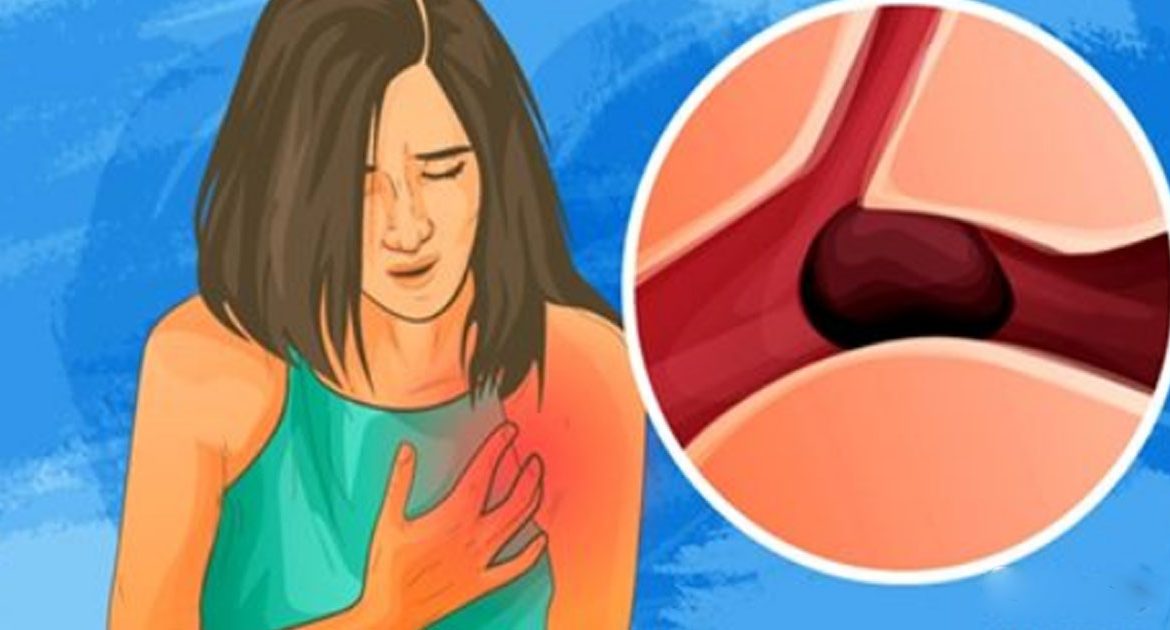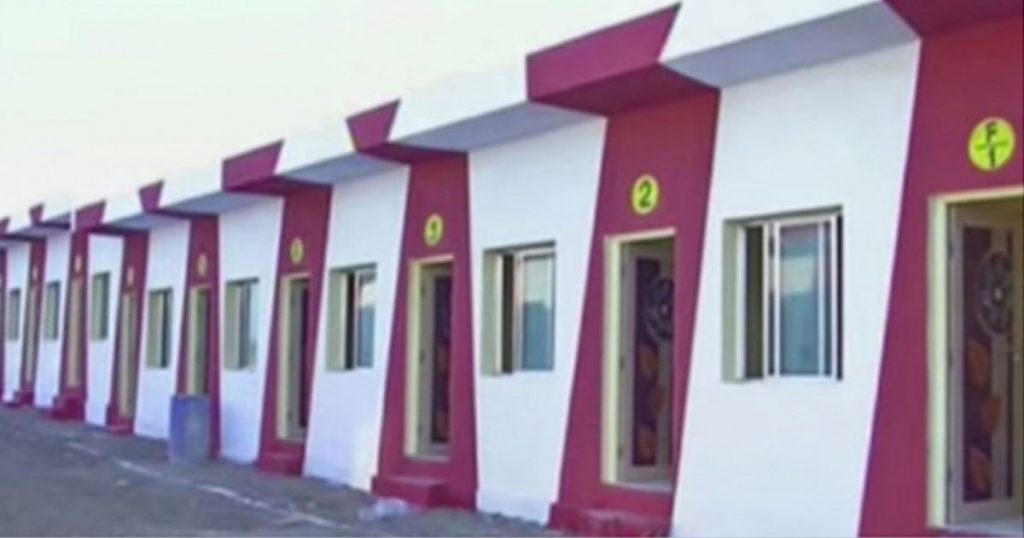Have you ever accidentally cut yourself with a kitchen knife or a razor? What prevents you from bleeding out in such situations is your blood’s ability to clot. But blood clots can form in your body without an obvious injury and cause a lot of problems if they block one of your blood vessels and obstruct blood flow.
A blood clot can form in any blood vessel in your body — in both veins and arteries. Almost any part of your body can be affected by a blood clot, and it causes distinct symptoms depending on the location. You need to learn about symptoms of a blood clot, so you’ll know when to get urgent medical help.
1. Blood clot in the leg or arm
If a blood clot develops in a deep vein in one of your limbs, it’s called deep vein thrombosis (DVT). It’s more likely to develop during prolonged periods of immobility, such as when you’re on bed rest or a long flight. DVT can be life-threatening if the blood clot detaches and travels to the lungs or heart.

Symptoms of DVT may include the following:
- the affected limb becomes swollen, especially in the part where the blood clot formed;
- the affected limb turns red or bluish;
- the limb is tender and warm to the touch;
- the limb hurts.
The severity of the symptoms depends on the size of the clot and its exact location in your arm or leg. DVT is an emergency; if you notice symptoms listed above, get medical help as soon as possible.
2. Blood clot in the abdomen
Blood clots can develop in the veins that drain blood from your gut. You are at a higher risk of developing a blood clot there if you have diverticulitis, pancreatitis, appendicitis, you’re taking oral contraceptives, or you’re undergoing hormone therapy.
Symptoms of a blood clot in the abdomen may include the following:
- nausea and vomiting;
- abdominal pain, which may get worse after meals;
- diarrhea;
- blood in your stool;
- feeling bloated.
The same symptoms could be a sign of a problem other than a blood clot, and they warrant a call or a visit to your doctor in any case.
3. Blood clot in the kidneys
Blood clot in the kidneys can prevent the organ from doing its job well, which can raise blood pressure and even lead to kidney failure.
A blood clot in the kidneys can manifest in the following symptoms:
- pain in the side of your belly legs, thighs, or lower back;
- blood in the urine;
- fever;
- nausea and vomiting;
- elevated blood pressure;
- difficulty breathing;
- sudden and severe swelling in the legs.
Don’t put off getting medical help if you have such symptoms.
4. Blood clot in the lungs

If a blood clot blocks blood flow in the lungs, the condition is called pulmonary embolism (PE). PE can be fatal if not treated immediately and is usually the result of DVT, in which a blood clot that formed in the leg or pelvic area travels to the lung, creating a blockage.
PE usually manifests in the following symptoms:
- sudden shortness of breath;
- chest pain;
- rapid heart rate;
- bluish skin;
- coughing, possibly with blood.
5. Blood clot in the heart

A blood clot in or around the heart leads to a heart attack. It may produce the following symptoms:
- tightness or pressure in the chest;
- chest pain (contrary to popular belief, this symptom isn’t always present);
- pain that radiates to the neck, jaw, left shoulder, and/or left arm;
- difficulty breathing;
- increased sweating;
- feeling faint.
If you have such symptoms, call 911 or your local emergency number immediately.
6. Blood clot in the brain
Blood clot in the brain causes a stroke. The sooner someone who is having a stroke gets medical help, the better are his or her chances of survival and preserving normal brain function.
Stroke symptoms include the following:
- numbness in one side of the body;
- general weakness;
- difficulty seeing and speaking;
- difficulty walking or standing;
- trouble thinking clearly;
- headache (possible, but isn’t always present).
Knowing the symptoms of blood clots in different parts of the body can help you recognize when it’s time to get medical help if you or someone else develops a blood clot. Never delay seeking medical help if you have any of the symptoms described above.






